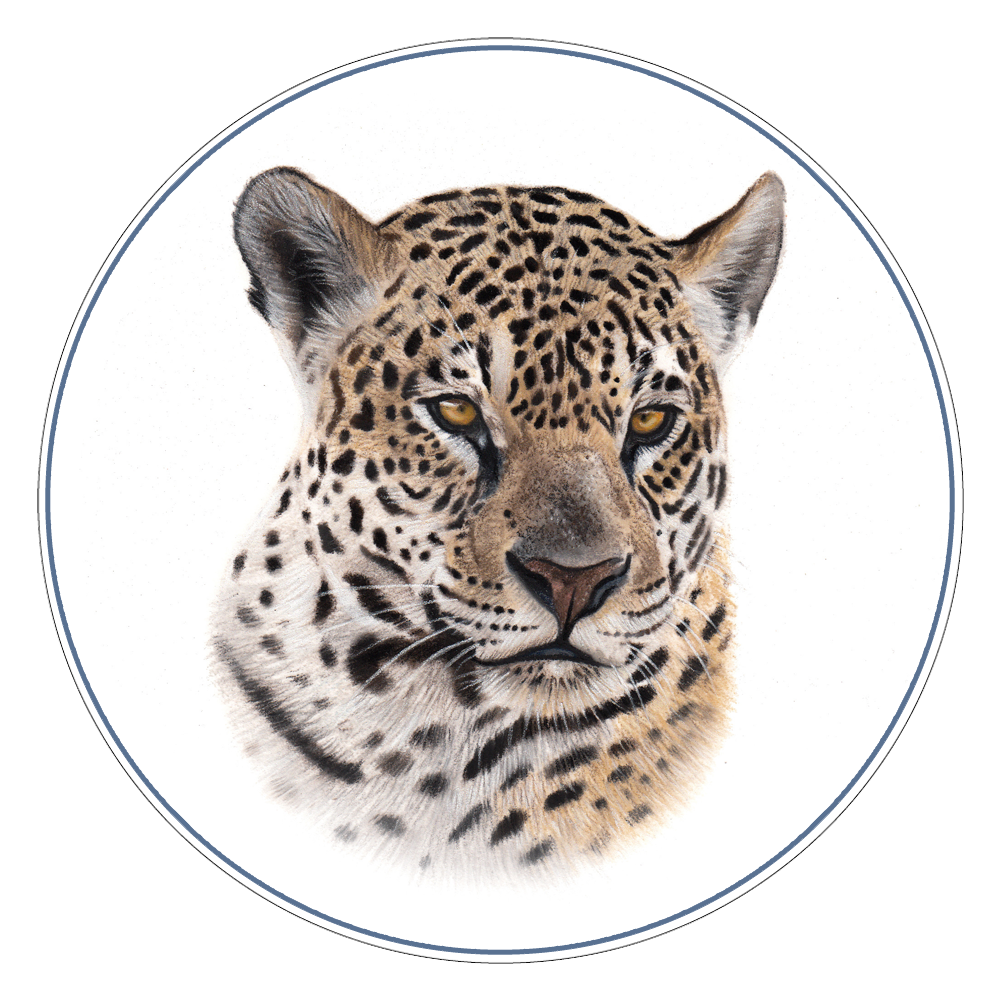Jaguar
JAGUAR (Panthera onca)
The jaguar is America’s largest cat, with the largest males weighing over three hundred pounds. Jaguars have a considerably large range, being found from extreme southern Arizona in the United States to northern Argentina. They are incredibly adapted to water, often hunting caiman and capybara in rivers and wetlands. Their numbers are decreasing across their range.
Difficulty: Easy
Jaguar Tour Statistics
2 JAGUAR
TOUR RUN
16.5 AVG NUMBER OF JAGUARS SEEN PER TOUR
26 MINUTES ON AVG
WITH EACH CAT
Jaguar Description
This female jaguar from the Cuiaba River is known as Medrosa. She perfectly shows off the robust body of her species here. Note her lactating tit, she was nursing two cubs at the time.
Jaguar Distribution and Habitat
Jaguars have a very large distribution. They are found from northern Mexico to northern Argentina, with a few males crossing into extreme southern Arizona from time to time. Their densities are some of the highest in the Pantanal of Brazil, where we hold our Jaguar photo tour. Jaguars are found in a variety of woodland habitats, including dense tropical and subtropical rainforest, savanna woodlands, dry forest, and even scrubland. For our jaguar photo tour, we will encounter the cats in seasonally flooded savanna woodland and grassland. Jaguars are closely associated with water and are excellent swimmers.
Jaguars are closely associated with water. Their feet are adapted to swimming and much of their hunting is done one the river in the Pantanal.
Jaguar Feeding Biology
This jaguar female perfectly demonstrates the typical hunting strategy seen in the Pantanal. She launches herself down the riverbank to pursue the yacare caiman.
Jaguar Social Organization
A male jaguar yawns as he scent marks the reeds on the riverbank in Brazil’s Pantanal. By spraying his urine he is marking his territory.
Jaguar Reproduction
Medrosa, with one of her two cubs in 2021. Seeing jaguar cubs is truly an incredibly special experience and one our guests never forget.






